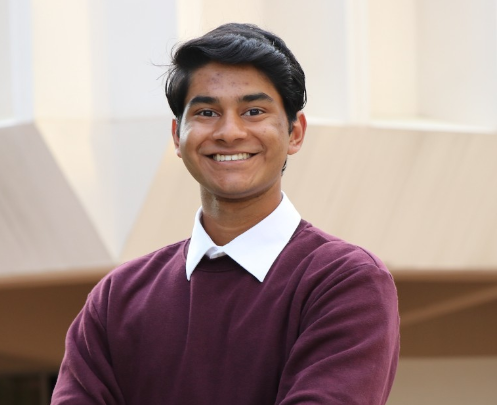
Experienced UIUC graduate student specializing in Math, Computer Science, and Writing
Availability:
Every day, 10:00am-10:00pm PST
Subjects:
Math
Computer Science
Writing
UN Initiatives Paint Optimistic Picture For Girls' Education
Last Updated:
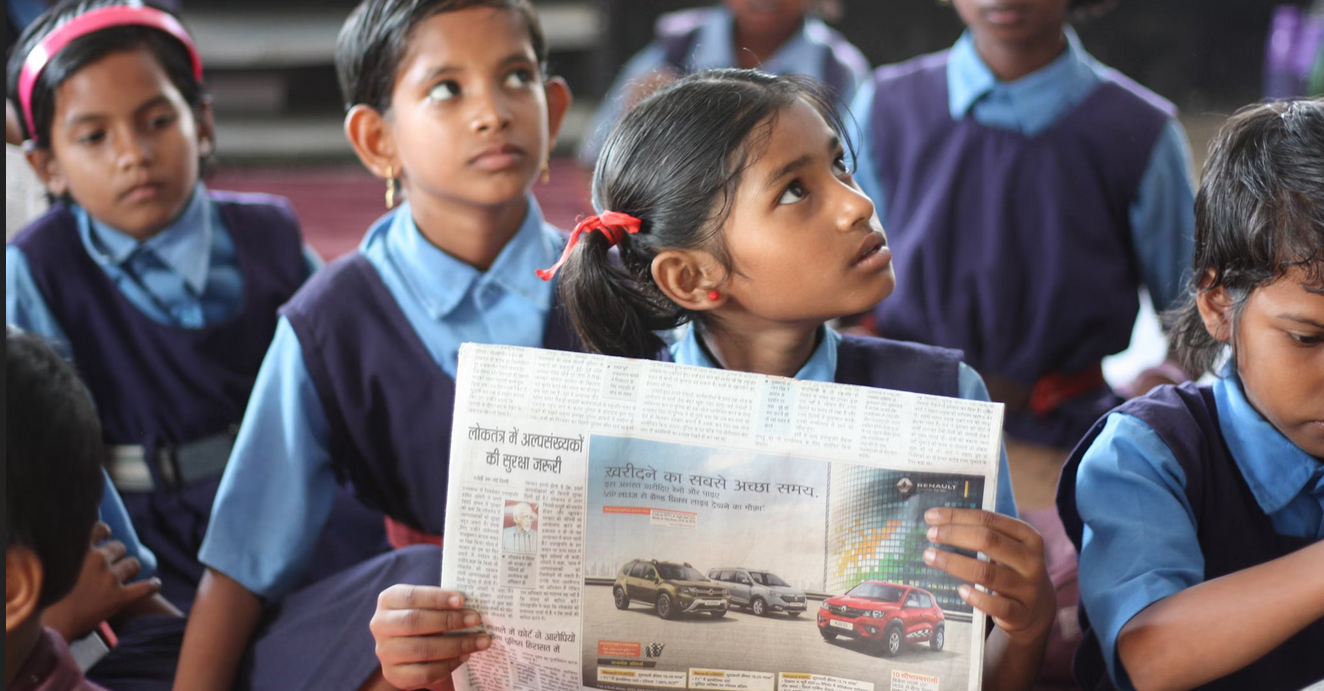
- There have been huge strides in the world to improve equal access to education across genders, but there's still a lot to be done.
- Many teachers complain about worse behavioral issues and stunted social skills as a result of the disruption to student lives
- The relief funds provided by the federal government are expiring September 2024, so many efforts to fix achievement gaps will no longer continue
The last few decades have given us reasons to be optimistic about closing the global gender divides in education.
What are the Global Gender Gaps in Education in 2024?
Boys and girls have been attending school in roughly equal numbers since 2013. Over 100 countries have a roughly equal number of males and females in technical and vocational education. The gap between digital skills like programming is shrinking rapidly among younger generations.
In fact, girls and women have better outcomes than boys and men in some areas. Post-secondary education — colleges and universities — actually has a growing gender imbalance towards more women than men. For every 100 boys, 115 girls are proficient at reading by middle school.
However, there are still significant gaps that need to be addressed, especially in access to technology and STEM programs. Even though women are attending college in greater numbers than men, only 35% of STEM graduates are female. These disparities lead to only 26% of employees in artificial intelligence and 15% in engineering being female. Some studies also show that young girls are anxious about their math abilities because of harmful social expectations and lack of support, which can discourage women from pursuing STEM.
Of course, there’s variation and exceptions to these trends across countries.
For every 100 men with programming skills, there are 21 women in Ireland and 110 women in Saudi Arabia with the same skills. Low socioeconomic regions of countries like Pakistan and those in sub-Saharan Africa have large gender disparities while wealthy regions in the same areas have more equal rates.
Finland is often praised for their education system and emphasis on equity, but they have one of the largest gender disparities for STEM graduates. The Arab States were among the 9 countries where the majority of STEM graduates were female.
What is the United Nation’s plan?
The credit for progress that has been made so far and will continue belongs to many activists, politicians, organizations, and everyday people who try to make improvements where they can. The United Nations is one of the central figures in coordinating resource allocation to bridge the gender gaps in education access.
The UN proposed the 2030 Agenda For Sustainable Development as 17 goals for countries across the world to work on together to eradicate poverty.
Goal 4 is to “ensure inclusive and equitable quality education and promote lifelong learning opportunities for all.” Goal 5 is to “achieve gender equality and empower all women and girls.” In service of these goals, the United Nations established an Educational, Scientific, and Cultural Organization (UNESCO) which runs several initiatives funded by member countries.
School Meets the Learner Approach
UNESCO developed this method to bring education to women and girls through offline applications on mobile devices so they weren’t dependent on a reliable Internet connection or teacher to guide them.
In Nigeria, which has the highest rate of children out-of-school in the world, 250,000 women and girls have been reached through this approach in the hopes of keeping them in school and improving their performance. In many cases, having devices with offline content has allowed entire families to educate themselves through the resources provided to daughters and mothers.
The content includes skills and literacy training and can be adjusted for any education level. Some of it has also been adapted for television to reach around 8 million users.
Female Champions Fellowship Programme
This program, deployed in Nepal, is an education initiative that helps women lead community-based projects like campaigns, surveys, social media management, case studies, and peer learning and volunteering opportunities. They learn general skills like campaigning strategies, project management, team-building, and personal development. Critically, the program also shares lectures on sexual and reproductive health, women’s rights, and women’s access in the education sector.
Over 150 women from ages 19-25 have been involved in community mobilization programs that reached hundreds of thousands of people. The long-term vision is that women involved in the program — called champions — can influence young girls in their communities to become champions as well, creating a local network of skilled women.
Miss Science
Although versions of these competitions have existed before, UNESCO brought it to Mali to encourage access and celebrate achievements for young girls in STEM fields, inspired by a Miss Science competition in Senegal.
In 2018, 80 of the highest-performing female students drawn from all 20 of Mali’s teaching academies completed and received tablets or computers to further their education. Since then, the competition has been held every year, providing resources and skills development sessions to those who attend. Local schools are encouraged to prepare their female students to compete in the national competition, which leads to more support for young girls in STEM.
UNESCO Malala Fund for Girls’ Right to Education
Established in 2012 after teenage Pakistani activist Malala Yousafzai suffered an assassination attempt over her advocacy for women’s rights, this fund has contributed to projects in Mauritania, Nigeria, Egypt, Mozambique, United Republic of Tanzania, Pakistan, Nepal, Cambodia, Vietnam, and Guatemala.
For instance, in Guatemala, 11% of girls have received no formal education at all. This is especially hard for indigenous girls who often lack opportunities to learn in their own language. In 2018, two UNESCO Malala Centres were created to offer basic education in indigenous languages, health, well-being, literacy, numeracy, and financial autonomy. They reached over 650,000 indigenous girls and young women with their approach.
Prize for Girls’ and Women’s Education
Since 2015, the People’s Republic of China has funded this award of $50,000 to each of two individuals, institutions, or organizations that advanced girls’ education — the first UNESCO prize that does this while showcasing successful projects.
In 2023, the laureates featured:
The Spring Bud Project in China, which provides holistic support for girls’ schooling, skills training, mental health education, and digital literacy. They helped over 4 million girls across 56 ethnic groups with programs like sci-tech camps and friendly community spaces that provide access to different activities and support networks.
The Star Schools programme in Pakistan, which set up schools in 169 socioeconomically marginalized areas of the country and reached out to over 540,000 girls, including Afghan and Rohingya refugees. Scholarships, skills training, digital technology, entrepreneurship, and other training programs are in place to help girls and women — including mothers — build economic independence. They also employ local women as support staff in the administration.
We look forward to covering the 2024 laureates when they’re announced!
What Comes Next?
The UN has supported a lot of great work over the years, empowering women to be advocates in their own communities and drive change for the better. There are still significant gaps, especially in STEM education and industry opportunities, but the diversity of initiatives taken across different countries underscores the power of international cooperation in solving issues that can seem local.
However, the UN is also undergoing some changes.
Many movements recently, from Brexit to America First policies, have argued for a withdrawal from trade and political associations with other countries in favor of protectionist policies. In simple terms, this means that a lot of people are suspicious of global forces and want to become more self-reliant, even if it might lead to slower or stunted economic growth.
There have also been international conflicts, such as the Uighur genocide, Russian invasion of Ukraine, and concerns about India-Pakistan relations. The complicated rivalries and competing interests, especially between the US, Russia, and China, have led to sensitive geopolitical situations across the world and in public forums. We have already seen conflicts impact research collaboration across the world.
These changes have been a major concern for UN programs that rely on the voluntary contributions from countries that may be in stark opposition to each other.
Related Articles
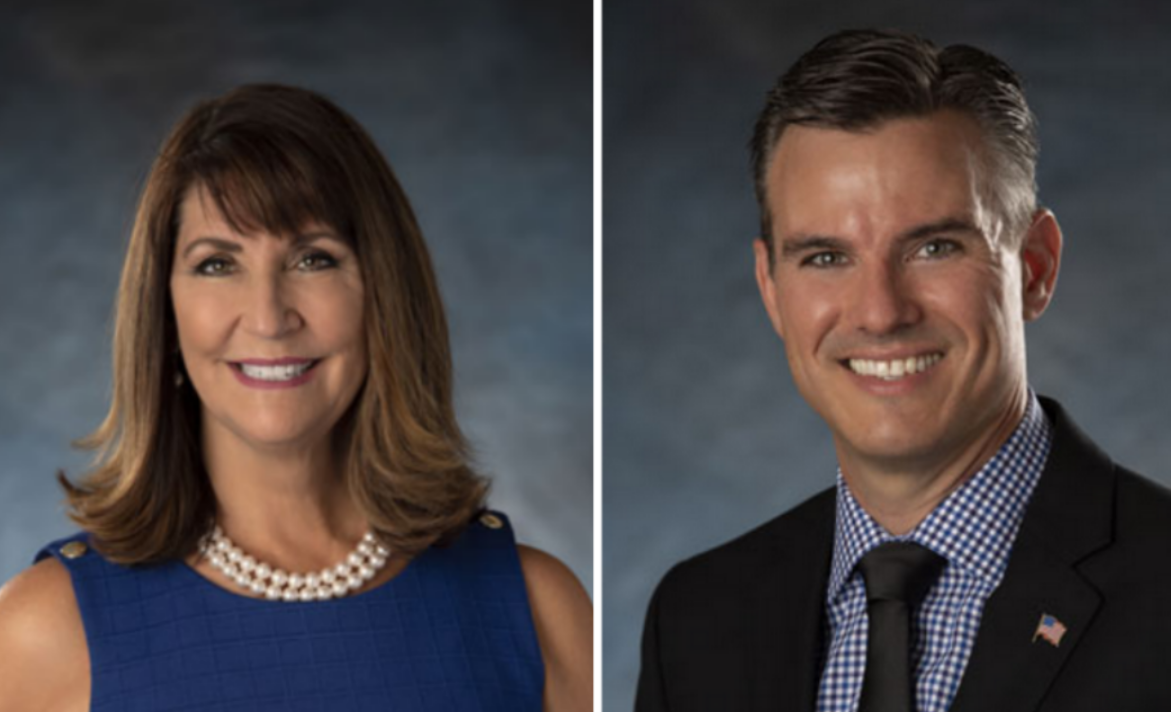
Pleasanton Mayoral Candidates Square off Over 10 Key Issues
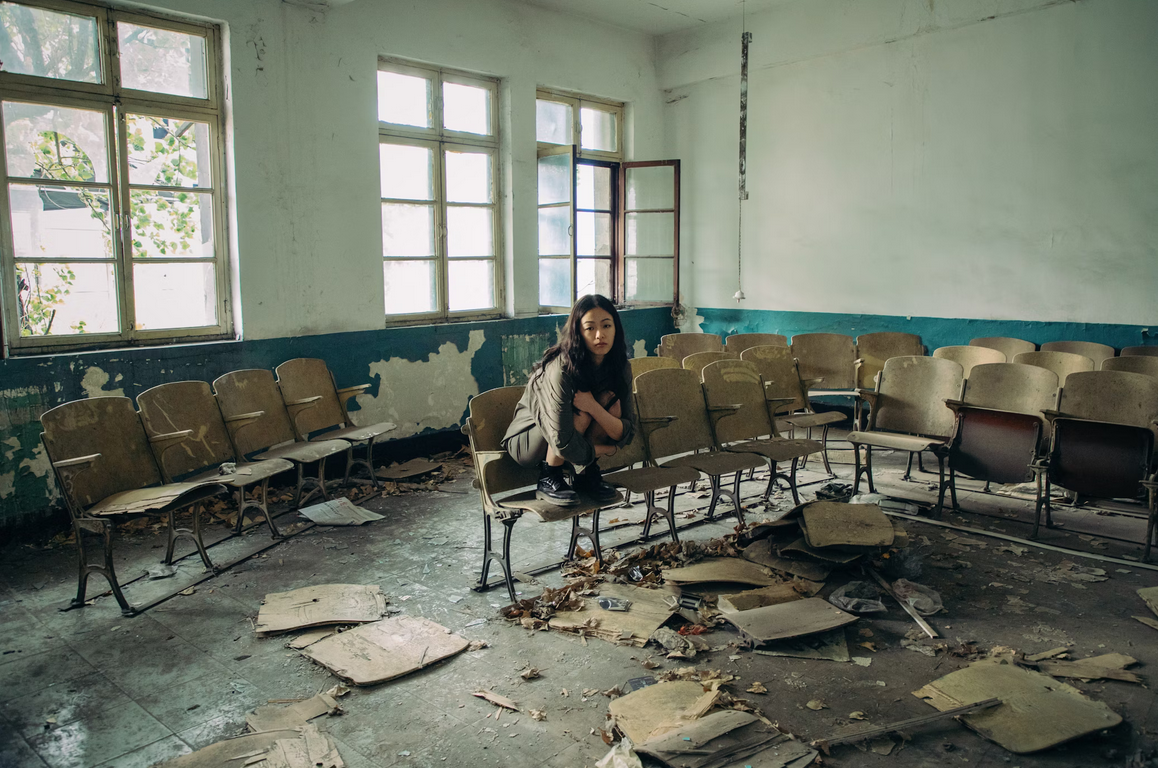
CA Prop 2: Borrowing $10 Billion to Repair Public Schools

Finland's Education System Succeeds Because of Equity and Diversity
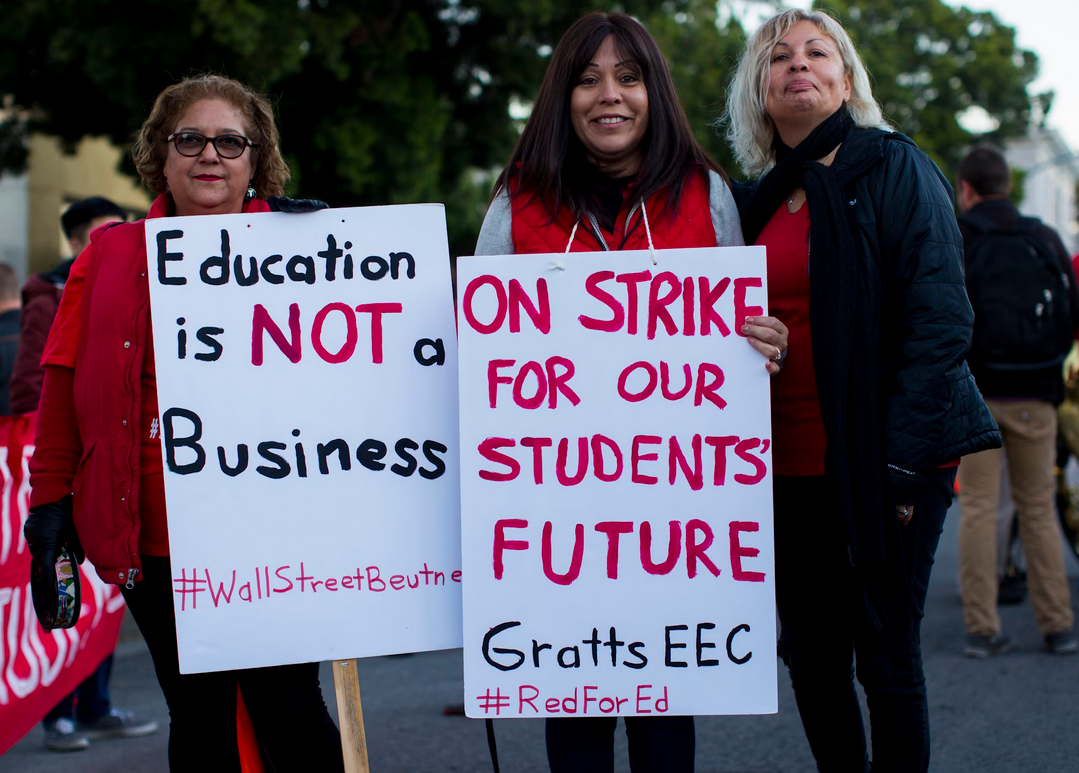
Teacher Shortage Crisis: Overworked, Underpaid, Stretched Thin, Burnt Out
